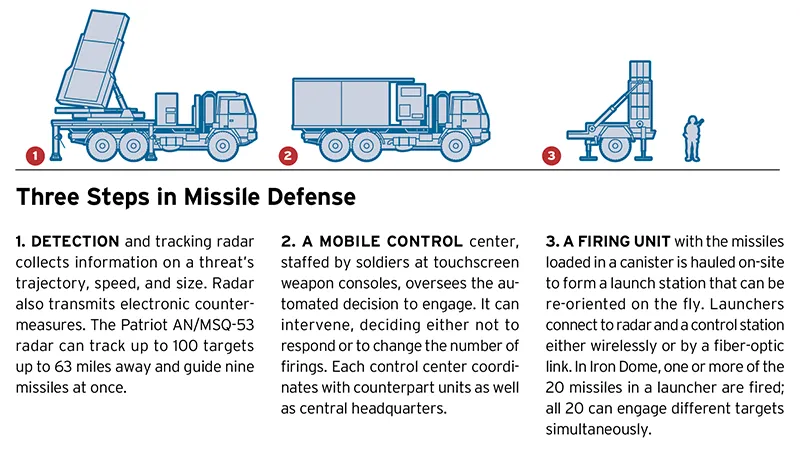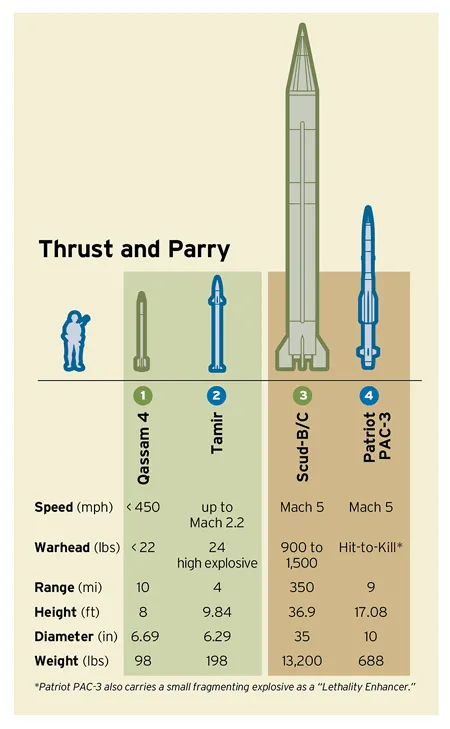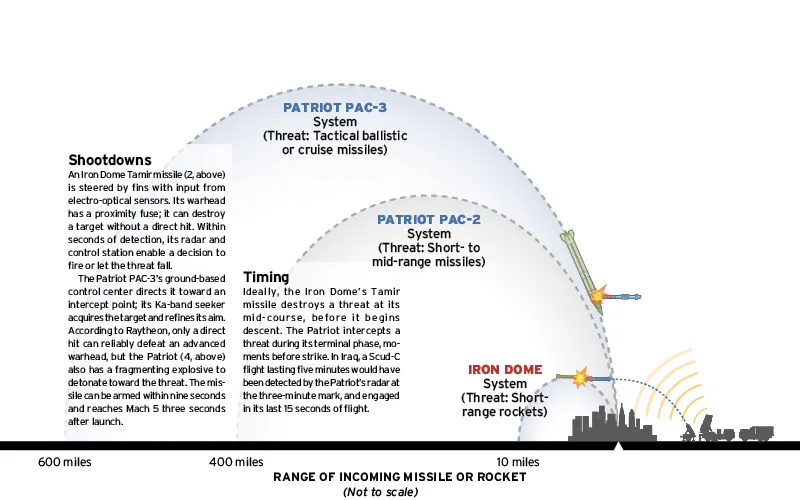Israel’s Iron Dome Gets Boost in Funding After Missile Attacks
A U.S. lawmaker says simply, “It works.”
As of this morning, mortar fire and rockets were still landing in Israel, most likely launched by militants in the Gaza Strip, Syria and Lebanon. Recent assaults have caused a reported 230 Palestinian deaths, compared to only one Israeli fatality. The Israel Defense Force (IDF) credits its Iron Dome defensive network for the asymmetric cost in lives and property, to the point where many of its citizens appear nonchalant about the danger.
In a previous article we noted the technology behind Iron Dome, which was funded almost entirely by the US, while questioning the rate of success claimed by the IDF. Advocates say Iron Dome is a cost-effective alternative to far more costly and complex systems such as the U.S. Patriot and THAAD network, despite those systems being intended for more sophisticated, longer-range and faster threats.

A common threat to Israel is the Qassam rocket (1 on the diagram below), which carries a conventional 24-pound explosive about 10 miles. The unguided rockets, often crudely and cheaply built by individuals, travel at low altitude at 450 mph and are airborne less than a minute. These are commonly countered by the Tamir rocket.
The U.S. Patriot faces short-range theater ballistic missiles (TBM), which are sophisticated, costly, and launched by national militaries. TBMs (example: 3 below) arc in a high, sub-orbital trajectory, are precision-guided until moments before strike, and may carry a nuclear, biological or chemical warhead up to 600 miles.

This week Illinois Senator Dick Durbin, chairman of the appropriations subcommittee, said there was no debate about Iron Dome. “It works,” he said. Durbin’s subcommittee approved $351 million for Israel to expand and refine its radars and batteries. Raytheon produces a substantial portion of Iron Dome, and agrees.
Here’s more information on how the U.S. Patriot system compares to Iron Dome:
